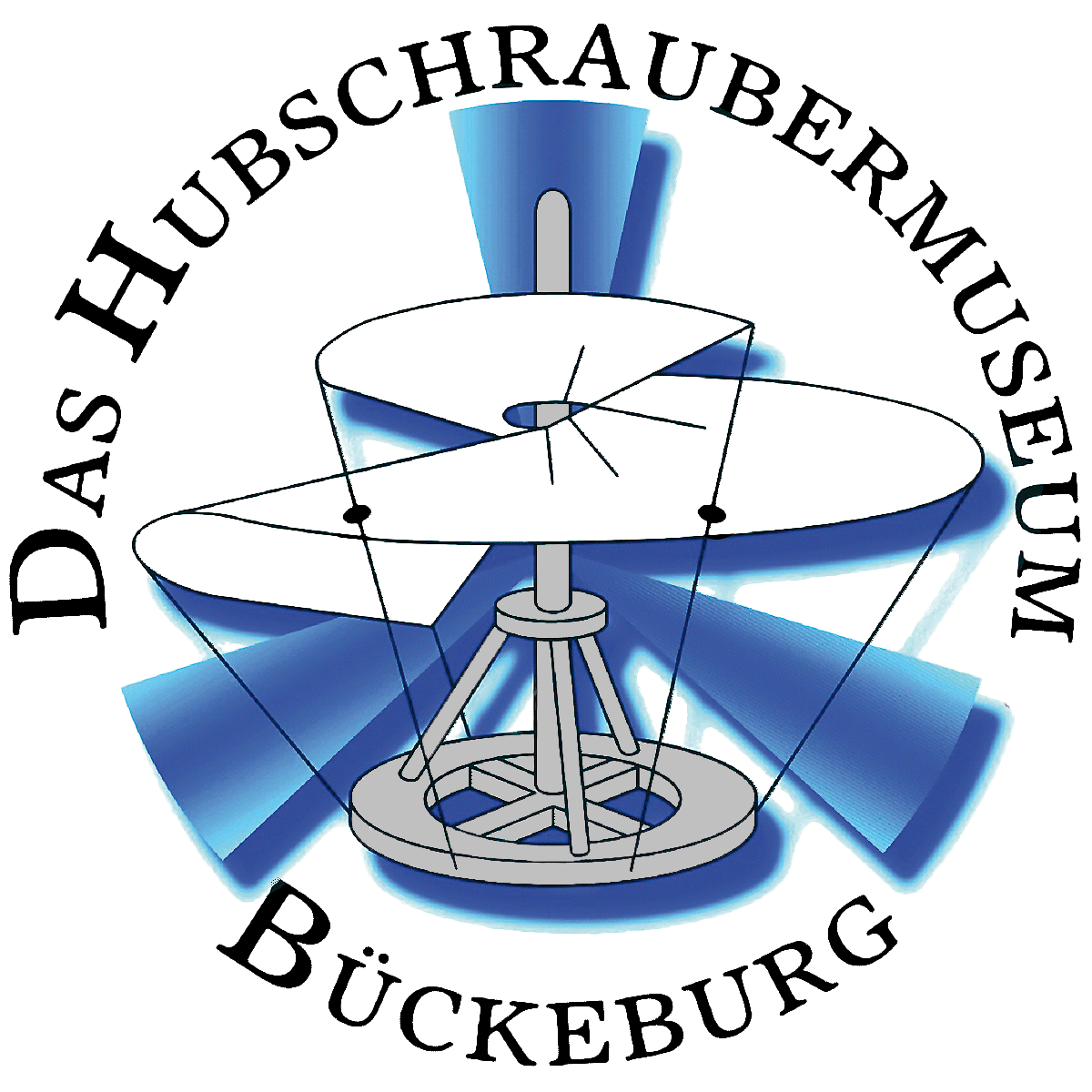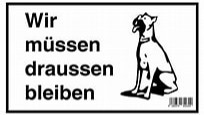Doblhoff-EN
Doblhoff
Baron Friedrich von Doblhoff – Wiener-Neustädter Flugzeugwerke
Shortly after the begin of World War II, the German navy announced a competition to design and build a rotary-wing aircraft to be used on small ships and submarines as surveillance platform. A number of drafts came in, one from the Austrian Baron Friedrich von Doblhoff, who suggested a helicopter with tip-jet driven rotor. After a development order had been issued for this construction, Doblhoff gathered a team of twenty designing engineers, among others Dipl.-Ing. Theodor Laufer, being responsible for the theoretical side of the project, and Dipl.-Ing. August Stepan, a structural engineer and pilot. The Wiener-Neustädter Flugzeugwerke (WNF) in Zell am See were made available to Doblhoff for his development work. Prof. Henrich Focke offered his technical support, since none of the team members had any experience in constructing a helicopter. Doblhoff’s principle of a tip-jet driven rotor is based on a fuel/air mixture that is fed through the hollow blades of the rotary wing using a compressor driven by an ordinary aircraft engine and that is ignited at the end of the blades. The reaction jet is tangentially escaping at the tips. The great advantage of this design was the straightforwardness and weight reduction as a result of the missing gearbox as well as the torquelessness that can even be achieved with a single rotor. One great disadvantage was, however, the high fuel consumption. As a consequence, Doblhoff used this propulsion method for his subsequent versions only for take-off and landing. In normal flight, the engine was clutched with an additional pusher propeller behaving exactly like an autogyro. Doblhoff did not manage to bring the tests to an end before the end of the war. However, his WNF-342 was the first helicopter in the world to take off by the use of jets.
Doblhoff WNF 342
Before the first prototype was built, an extensive research programme had to be conducted. The main focus was the arrangement and the controllability of the rotor. Prof. Focke suggested a fully rotatable rotor head, because this solution was easy to manage with a construction without a gearbox. The development of the combustion chambers turned out to be problematic, until the necessary heat-resistant material could be found. Work on the WNF-342 V1 began in 1942. The first flight of the model was in 1943. It was relatively small. The airframe was made from welded steel tube, and the seat of the pilot was situated at the front behind a light-metal windshield. The front part accomodated the fuel tank with the powerplant behind within the steel-tube pylon, to which the three-bladed rotor was mounted. There were two fins at the tail working as a vertical tail surface, with a shape that varied from time to time. The undercarriage consisted of three wheels with oil dampers. The powerplant was a 1 x 60-hp Walter Mikron-II engine driving a single-stage Argus centrifugal supercharger. The combustion air was sucked in below the rotor and fed to the compressor. Fuel with low octane rating that was preheated by the exhausted gas of the piston engine was injected into the compressed air behind the compressor. The mixture was fed via a distributor head and through the hollow rotor blades to the combustion chambers at the rotor tips and was there ignited by an air-cooled sparking plug. The rotor blades consist of a Durai tube with an oval cross-section that corresponded to the NACA 23018 profile after attaching a trailing edge of oak wood. The first take-off of the WNF-342 V1 within a hall was successful. Further outdoor flight testing followed. It revealed that the tail fin had to be enlarged. The machine was towed by a motor vehicle with a freely rotating rotor to be able to measure the resistance of the combustion chambers at the blade tips. The framework of the WNF-342 V2 was similar to that of the V1 with a 90-hp engine and a single trapezoidal vertical fin. The WNF-342 turned out to be too complex and inefficient compared to the Focke-Achgelis Fa-330 that had been developed in competition with the Doblhoff series. As a consequence, von Doblhoff decided to use jet propulsion only for take-off and landing. In normal flight, the piston engine was clutched with an additional pusher propeller and the rotor was autorotating. The first model following this principle was the WNF-342 V3 built in 1945. A 160-hp BMW-Bramo Sh 14 A powered the jet system described above under the V1 or the pusher propeller via a selective clutch. In vertical climb, a second airscrew, mounted on the same axis as the pusher propeller, provided for the efficiency of the rudders. Each of the twin tail booms supported a large vertical fin with a rudder consisting of fabric-covered steel tubes. A cabin enclosure was provided for the pilot at the nose of the machine. The fourth prototype, the WNF-342 V4, was the last to be finished before the end of the war. It had the same framework as the V3, however with a side-by-side open cabin for a crew of two and a single fin mounted in the centre of the stabiliser. This machine completed 25 hours of flight testing before the end of the war. The highest forward speed that could be achieved was 40 km/h. The WNF-342 V4 was eventually captured by the Americans and brought to the U.S.A..



